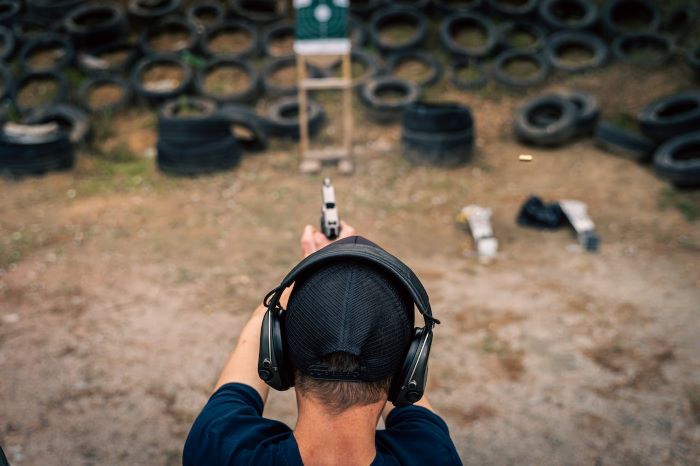When it comes to carrying a firearm, selecting the right holster is as crucial as choosing the firearm itself. A holster not only ensures the safety of the carrier and those around them but also provides comfort and ease of access. Here are expert tips to help you choose a holster that fits both you and your firearm perfectly.
1. Understanding the Types of Holsters:
Holsters come in various types, each designed for different carrying styles and purposes. The most common types include inside-the-waistband (IWB), outside-the-waistband (OWB), shoulder holsters, ankle holsters, and pocket holsters. IWB holsters are popular for concealed carry as they offer excellent concealment. OWB holsters are preferred for open carry, range use, or when wearing heavier clothing. Shoulder and ankle holsters are specialized options for specific situations or attire, while pocket holsters are ideal for small firearms. Brands like Alien Holsters offer a range of these types, catering to diverse needs.
2. Material Matters:
The material of the holster is a key factor in its functionality and durability. Leather holsters, known for their classic look and durability, mold to the shape of the gun and the wearer’s body over time. Synthetic materials like Kydex are waterproof, scratch-resistant, and maintain their shape, offering a consistent draw. Nylon holsters are lightweight and economical but may lack the structural integrity of leather or Kydex.
3. Comfort is Key:
Comfort is paramount, especially if you plan to wear the holster for extended periods. The holster should not chafe, pinch, or dig into your skin. The size and position of the holster should complement your body type and clothing style. For instance, slimmer individuals might find IWB holsters more comfortable, while those with a larger build might prefer OWB holsters.
4. Retention and Accessibility:
A good holster should securely hold your firearm in place, preventing accidental discharge or loss. Look for holsters with adjustable retention screws or systems that allow you to customize the level of retention. However, the holster should also allow for quick and easy access to your firearm in case of an emergency.
5. Concealment Needs:
If you are carrying concealed, the holster should keep your firearm out of sight without printing (the outline of the gun being visible through clothing). This depends on the holster’s design, your firearm’s size, and your attire. A trial in front of a mirror can help determine if a particular holster meets your concealment needs.
6. Compatibility with Your Firearm:
Ensure the holster is specifically designed for your firearm model. A perfect fit is crucial for safety and functionality. Universal holsters may seem convenient, but they often lack the precise fit required for optimal performance.
7. Quality and Craftsmanship:
Invest in a high-quality holster from a reputable manufacturer. A well-made holster will last longer and provide better functionality. Pay attention to the stitching, edging, and overall craftsmanship.
8. Test and Evaluate:
Before finalizing your purchase, test the holster with your firearm (unloaded, for safety). Practice drawing and re-holstering to ensure smooth operation. Wear it around to check for comfort and concealment.
9. Legal Considerations:
Be aware of the laws and regulations regarding carrying firearms in your area. Some jurisdictions have specific rules about the types of holsters allowed for concealed carry.
10. Continuous Evaluation:
Your needs may change over time, so regularly evaluate whether your holster still meets your requirements. As you become more experienced, you might find that a different style or material suits you better.
In conclusion, choosing the right holster involves a balance of safety, comfort, accessibility, and legal considerations. By understanding your specific needs and the options available, you can select a holster that ensures both your comfort and the secure handling of your firearm. Remember, the best holster is the one that feels like an extension of yourself, providing confidence and readiness whenever you carry.

